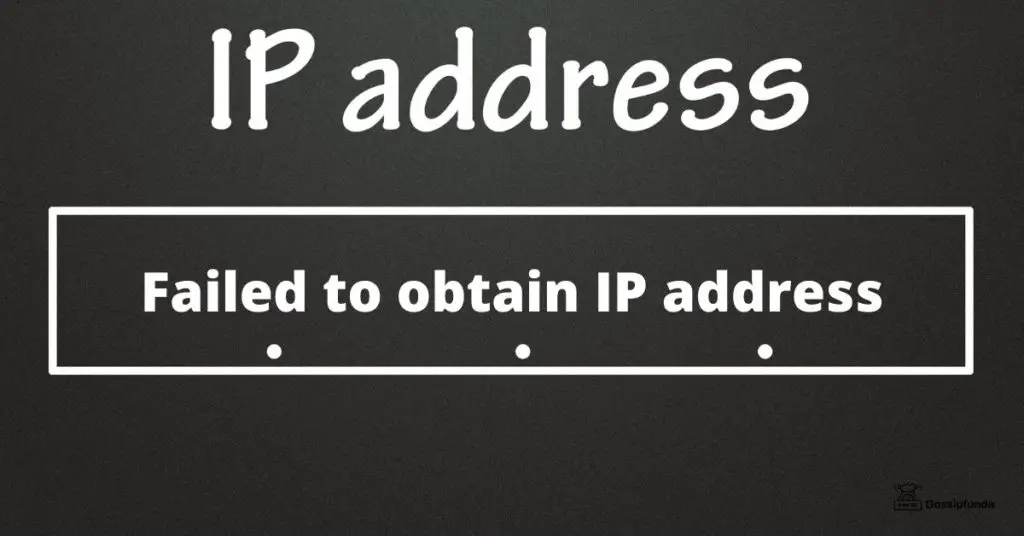Dealing with server errors can be a daunting task for webmasters, developers, and system administrators. One common error encountered is the “500 Internal Server Error” in Nginx. This article aims to provide insights on the possible causes of this error and the steps to fix it.
What is a 500 Internal Server Error in Nginx?
The 500 Internal Server Error is a generic HTTP status code that indicates something has gone wrong on the server-side, but the server cannot provide specific details on the problem. When using Nginx, a popular web server, this error usually occurs due to issues with server configuration, application code, or server resources.
Common Reasons for the Error
Understanding the possible causes behind the 500 error is essential in resolving it. Some common reasons include:
2.1. Incorrect Nginx Configuration
Errors in the Nginx configuration file can lead to the 500 error. These issues might range from syntax errors, incorrect directives, or missing files.
2.2. Faulty PHP Scripts or Application Code
If your website uses PHP scripts or other application code, errors in the code might cause the server to generate a 500 error. This issue often arises from incorrect syntax or missing files.
2.3. Insufficient Server Resources
A lack of server resources, such as memory, CPU, or disk space, can trigger a 500 error. The server might be unable to handle incoming requests, causing the error.
How to Diagnose the Issue
To fix the 500 Internal Server Error in Nginx, you first need to identify its cause. Here are some steps you can follow to diagnose the issue:
3.1. Check the Nginx Error Log
The Nginx error log is a crucial resource for understanding the error’s root cause. You can find it in the Nginx configuration file, typically located at /var/log/nginx/error.log. Examine the log for any error messages or clues related to the issue.
3.2. Inspect the PHP Error Log
If your website uses PHP scripts, check the PHP error log to identify any issues in the code. The location of this log depends on your server’s configuration, but it’s often found in /var/log/php-fpm.log or /var/log/php7.x-fpm.log.
3.3. Monitor Server Resources
Using tools like top, htop, or vmstat, monitor your server’s resource usage. Check for high CPU or memory usage, which might indicate that your server is struggling to handle requests.
How to Fix 500 Internal Server Error in Nginx
Once you’ve identified the cause of the 500 error, follow these steps to resolve it:
4.1. Fix Nginx Configuration Issues
If the error is due to incorrect Nginx configuration, review the configuration file (/etc/nginx/nginx.conf) for errors. Ensure that directives are properly formatted, and all referenced files exist. After making changes, restart Nginx using the command “sudo service nginx restart.”
4.2. Correct PHP Scripts or Application Code
If the error results from faulty PHP scripts or application code, correct the issues identified in the PHP error log. Ensure that your code follows proper syntax and that all required files are present. Once you’ve fixed the code, restart the PHP service using the command “sudo service php-fpm restart” or “sudo service php7.x-fpm restart” depending on your PHP version.
4.3. Address Insufficient Server Resources
If the error is due to insufficient server resources, consider upgrading your server’s hardware or optimizing your application to use fewer resources. You can also check for memory leaks or rogue processes consuming high amounts of CPU or memory.
4.4. Enable Debugging Mode
If you’re still unable to resolve the error, enable debugging mode in Nginx and PHP to gather more information about the issue. In the Nginx configuration file, add the directive “error_log /var/log/nginx/error.log debug;” within the server block. For PHP, modify the php.ini file to include “display_errors = On” and “error_reporting = E_ALL.” Restart both services, and then reproduce the error to gather more information in the logs.
Conclusion
The 500 Internal Server Error in Nginx can be challenging to resolve, as it provides limited information about the underlying issue. However, by understanding common reasons for the error, diagnosing the issue, and following a step-by-step guide to fix it, you can restore your website to normal operation. Remember to monitor server resources, maintain error-free configuration files, and ensure proper application code to prevent future occurrences of this error.
Awill Guru is a technology enthusiast with degrees in VLSI Engineering (B.Tech, M.Tech) and Android Development. Their passion for education drives them to teach and share knowledge through their blog. He also hold qualifications in Sociology (M.A.) and Education (B.Ed), along with NIELIT O and A Level certifications.


